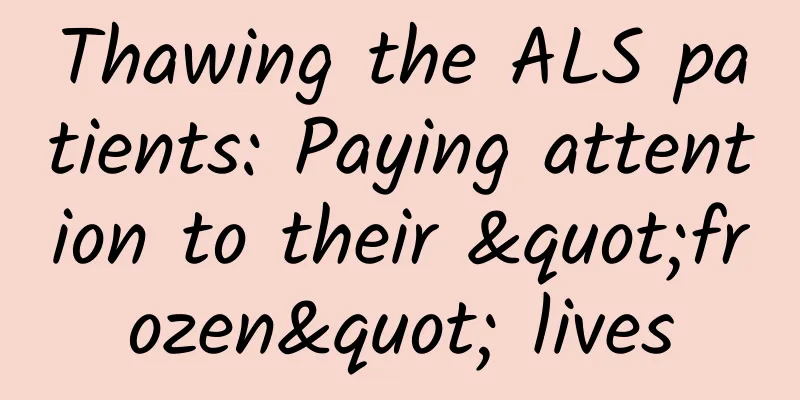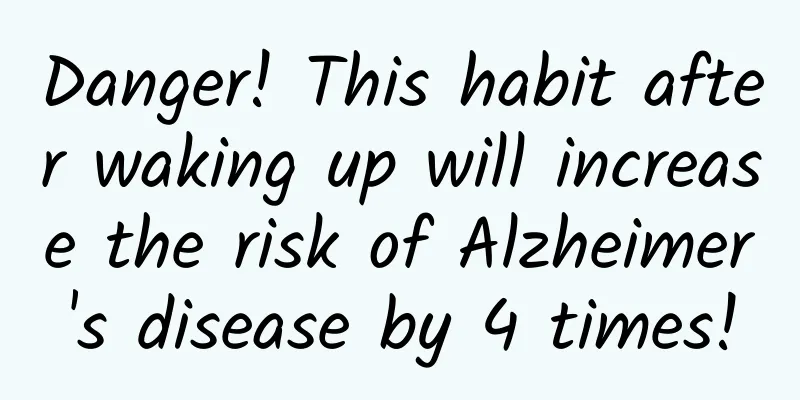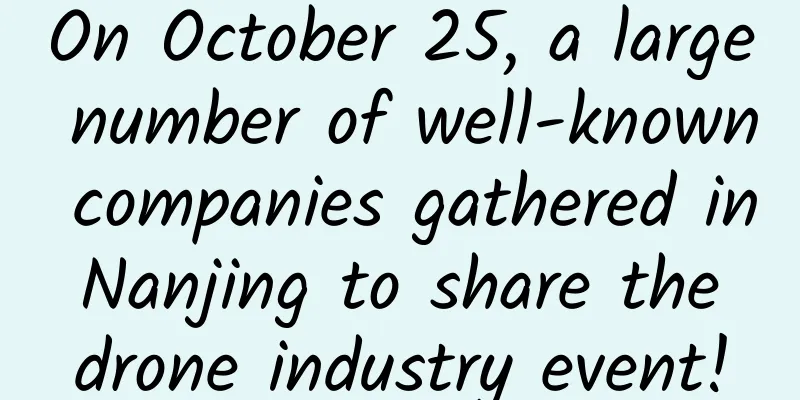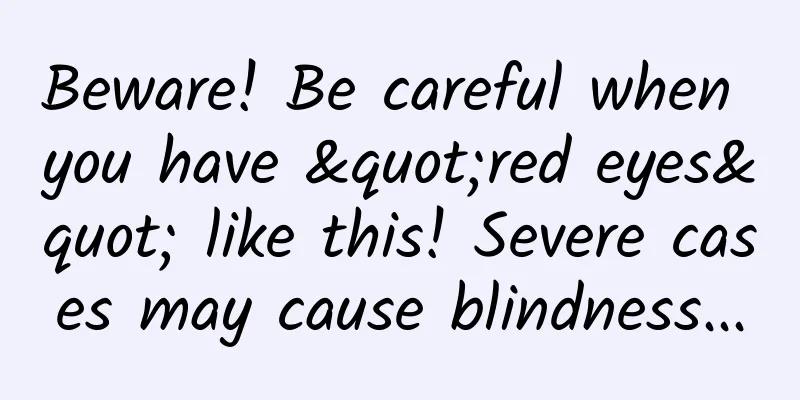Thawing the ALS patients: Paying attention to their "frozen" lives

|
Produced by | Science Popularization China Author: Li Yuhuan (Jilin University) Producer | China Science Expo Editor | Wang Tingting In 2014, the globally popular "Ice Bucket Challenge" brought the rare disease ALS into the public eye and attracted a lot of social attention. Today is the 22nd International ALS Day. On this special day, let us once again pay attention to ALS and the frozen lives of people with ALS. Figure 1 Ice Bucket Challenge | Source: Charles Krupa/AP What is ALS? The scientific name of ALS is amyotrophic lateral sclerosis, a rare disease of motor neurons, which transmit the brain's instructions to the muscles and control the body to make various movements. People with ALS will gradually become "frozen" and unable to move. What's even more cruel is that the patient's cognitive ability is not affected, which means that ALS patients will watch themselves being "frozen" while awake - unable to walk, speak, swallow, or even breathe. Figure 2 Clinical manifestations of ALS | Source: Reference [1] What is the current status of treatment for ALS? At present, ALS is still almost incurable, and the World Health Organization has recognized it as "one of the five incurable diseases." During the long years of developing drugs to treat ALS, although more than 50 drugs have been shown to extend the lifespan of animal models, there is no treatment that can reverse the progression of ALS clinically. Riluzole and edaravone are the only two drugs currently known to have the ability to intervene in the course of the disease. Riluzole plays a neuroprotective role mainly by inhibiting the release of neurotransmitters in the brain, but it is only effective in the first 6 months of treatment and can only extend survival by 2 to 3 months. Edaravone is a free radical scavenger that works by reducing oxidative stress and is beneficial for patients with early onset and rapid disease progression, but it is still unclear whether it can prolong survival. In the absence of specific medicines, ALS patients have to resort to other means to delay the decline of various body functions. For example, patients need to pay special attention to the functions of the respiratory and digestive tracts, and carry out effective rehabilitation activities to protect the mobility and mobility of muscles and joints, and try to maintain the current state of physical activity. At the same time, special attention should be paid to the patient's mental health and psychological counseling should be carried out in a timely manner. These supportive treatments play an important role in improving the patient's quality of life and can even prolong the patient's survival. New treatment for ALS on the way Recently, with the continuous development of biotechnology, cell therapy and gene therapy are bringing hope to people with ALS. Cell therapy, also known as cell transplantation therapy, refers to the transplantation of normal or bioengineered human cells into the patient's body to replace the original damaged cells, or to exert biological functions by secreting factors, thereby achieving the purpose of treating the disease. For ALS patients, their brains are in an inflammatory environment, and transplanted stem cells can secrete various neurotrophic factors to provide nutritional support for motor neurons and slow down the progression of the disease. Mesenchymal stem cells and neural stem cells are currently the most widely used. For example, a clinical trial was conducted in Israel in 2017, in which researchers transplanted mesenchymal stem cells into ALS patients through combined muscle and intrathecal transplantation. The results showed that the 14 subjects tolerated the treatment well, with a slower rate of deterioration in forced vital capacity and a slower decline in the functional score of ALS (Figure 3). The disease progression improved by at least 25% 6 months after treatment, demonstrating the great potential of cell transplantation in the treatment of ALS. Figure 3 The therapeutic effect of mesenchymal stem cell transplantation on ALS | Source: Reference [2] Emerging gene therapy is also a very promising treatment option. The main strategies include antisense oligonucleotides (ASOs), RNA interference (RNAi), gene editing, and adeno-associated virus (AAV)-mediated gene delivery. Both ASOs and RNAi work by targeting messenger RNA to mediate its degradation, thereby reducing the expression of the target gene. These two strategies are mainly aimed at familial ALS, which has clear mutant genes, such as SOD1, C9ORF72, etc. In principle, as long as the mutated gene is "eliminated", the symptoms of ALS patients will be alleviated or even completely recovered. According to the latest results, Biogen has developed Tofersen, an ASO drug targeting SOD1. Clinical I/II trials have shown that Tofersen can reduce the concentration of SOD1 protein in cerebrospinal fluid (Figure 4). On October 17, 2021, the company announced the results of a pivotal Phase III clinical trial of Tofersen. The results showed that although the primary endpoint of the study was not reached, trends favoring Tofersen were seen in multiple secondary and exploratory indicators of biological activity and clinical function, and subjects who started treatment earlier achieved better treatment effects. Figure 4 Tofersen can reduce the level of SOD1 protein in the cerebrospinal fluid of patients with ALS. Source: Reference [3] In terms of using RNAi strategies to treat ALS, in July 2020, the New England Journal of Medicine published a report on the treatment of ALS by intrathecal injection of small RNA targeting SOD1 (rAAVRh10.mi-SOD1) loaded by AAV. The study showed that the expression of SOD1 protein in the spinal cord decreased after injection, and the ALS functional score of one patient remained stable with no deterioration (Figure 5), suggesting that intrathecal injection of small RNA can be used as a potential treatment for familial ALS. Figure 5 Results of rAAVRh10.mi-SOD1 in treating ALS patients with SOD1 mutation. Source: Reference [4] In addition, gene editing cannot be ignored in the process of treating ALS. The discovery of the gene scissors CRISPR-Cas system has given people the ability to precisely edit the genome. It can target specific genomic sequences, induce DNA double-strand breaks, and thus disrupt gene expression. In 2017, the journal Science Advances published the first gene editing study on ALS. The researchers delivered the CRISPR-Cas tool targeting SOD1 to newborn ALS model mice by intravenous injection, successfully reducing the SOD1 protein level by 2.5 times. The treated mice had preserved motor neurons, improved motor function, a 37% delay in onset, and a 25% increase in survival rate (Figure 6). Figure 6 Gene editing of SOD1 delayed the onset of ALS in mice and improved their survival rate. Source: Reference [5] In addition to the above-mentioned treatment methods, scientists have also tried to use various carriers, such as AAV or lipid nanoparticles to deliver neurotrophic factors to provide nutritional support for degenerating neurons. Although these methods are non-specific and unlikely to cure ALS, they may prolong the survival time of ALS patients and therefore have certain application prospects. New technology helps people with ALS to "speak" In addition to paying attention to the survival ability of ALS patients, scientists are also very concerned about their quality of life. For people with late-stage ALS whose condition is difficult to improve, scientists are also working hard to improve their ability to communicate with the outside world. The famous physicist Stephen Hawking communicates with others through a speech expression system that translates Hawking's thoughts into words by capturing eye and facial muscle movements. Today, patients with severe ALS have a new option. An article published in Nature Communications on March 22 this year reported a new technology - Brain Computer Interface (BCI), which can read brain signals and express complete sentences by selecting and combining letters on a machine [6]. A 36-year-old male ALS patient from Germany successfully expressed his love for his son using BCI. This shows us that BCI is helping people with ALS who are completely closed in the late stage to regain the ability to communicate with the outside world. Figure 7 Patients can express their thoughts instantly through the BCI system. Source: Wyss Center for Biological and Neural Engineering Although ALS is terrible, scientists are on the way to save the ALS patients. We look forward to more in-depth and detailed scientific research in the future, so that we can continuously improve the treatment of ALS and thaw the frozen lives of the ALS patients as soon as possible. References [1] Hardiman, O., et al., Amyotrophic lateral sclerosis. Nat Rev Dis Primers, 2017. 3: p. 17071. [2] Petrou, P., et al., Safety and Clinical Effects of Mesenchymal Stem Cells Secreting Neurotrophic Factor Transplantation in Patients With Amyotrophic Lateral Sclerosis: Results of Phase 1/2 and 2a Clinical Trials. JAMA Neurol, 2016. 73(3): p. 337-44. [3] Miller, T., et al., Phase 1-2 Trial of Antisense Oligonucleotide Tofersen for SOD1 ALS. N Engl J Med, 2020. 383(2): p. 109-119. [4] Mueller, C., et al., SOD1 Suppression with Adeno-Associated Virus and MicroRNA in Familial ALS. N Engl J Med, 2020. 383(2): p. 151-158. [5] Gaj, T., et al., In vivo genome editing improves motor function and extends survival in a mouse model of ALS. Sci Adv, 2017. 3(12): p. eaar3952. [6] Chaudhary, U., et al., Spelling interface using intracortical signals in a completely locked-in patient enabled via auditory neurofeedback training. Nat Commun, 2022. 13(1): p. 1236. Special Tips 1. Go to the "Featured Column" at the bottom of the menu of the "Fanpu" WeChat public account to read a series of popular science articles on different topics. 2. Fanpu provides a function to search articles by month. Follow the official account and reply with the four-digit year + month, such as "1903", to get the article index for March 2019, and so on. Copyright statement: Personal forwarding is welcome. Any form of media or organization is not allowed to reprint or excerpt without authorization. For reprint authorization, please contact the backstage of the "Fanpu" WeChat public account. |
<<: "Mars" faces "Chang'e": "Mars and the Moon" will appear in the sky on the 23rd
>>: my country's third batch of 18 astronauts are "surviving in the wilderness" in the desert
Recommend
6 Keyword Bidding Rules, Will You Still Worry About Lack of Traffic After Learning Them?
To put it simply, bidding means spending money to...
It only takes 3 steps to reduce the cost of information flow advertising. Which step have you taken?
Dear optimizer friends, have you ever encountered...
Grassroots layoffs, senior executives leaving, and sales reaching only 51%, Great Wall Motors is struggling.
Competition in China's automobile market is f...
Foreign media: If you are still using an older model, it is worth upgrading to iPhone 13
According to foreign media macrumors, comparing t...
Meizu Flyme exposed a large-scale security incident: hackers locked the phone and blackmailed users
Recently, a large number of Meizu mobile phone us...
New media writing from 0 to 1, teach you to easily write 100,000+ popular articles [Video Course]
New media writing from 0 to 1, teach you to easil...
7 tricks to plan a creative information flow that will create a hit
In the closed loop of information flow promotion ...
Understand what product operation is in 10 minutes!
What is operation ? All means used to connect use...
【IT Observation】Nine Discussions on How to Improve Programming Efficiency for Android Programmers
[51CTO.com original article] As an Android progra...
Chinese scholars have recently discovered that the "brake" for delaying aging is hidden in this type of food →
Aging is a complex, multi-stage, and gradual proc...
You must know the rules of Tencent social advertising!
Tencent social advertising has become one of the ...
What will happen if the global average temperature rises by 2 degrees Celsius in the next few years?
What will happen if the global average temperatur...
A huge amount of engine effect advertising resources!
Some students may not even know what advertising ...
Is there any scientific basis for the saying “Money can’t buy you slimness in old age”?
Hey, old folks, have you ever heard the old sayin...









